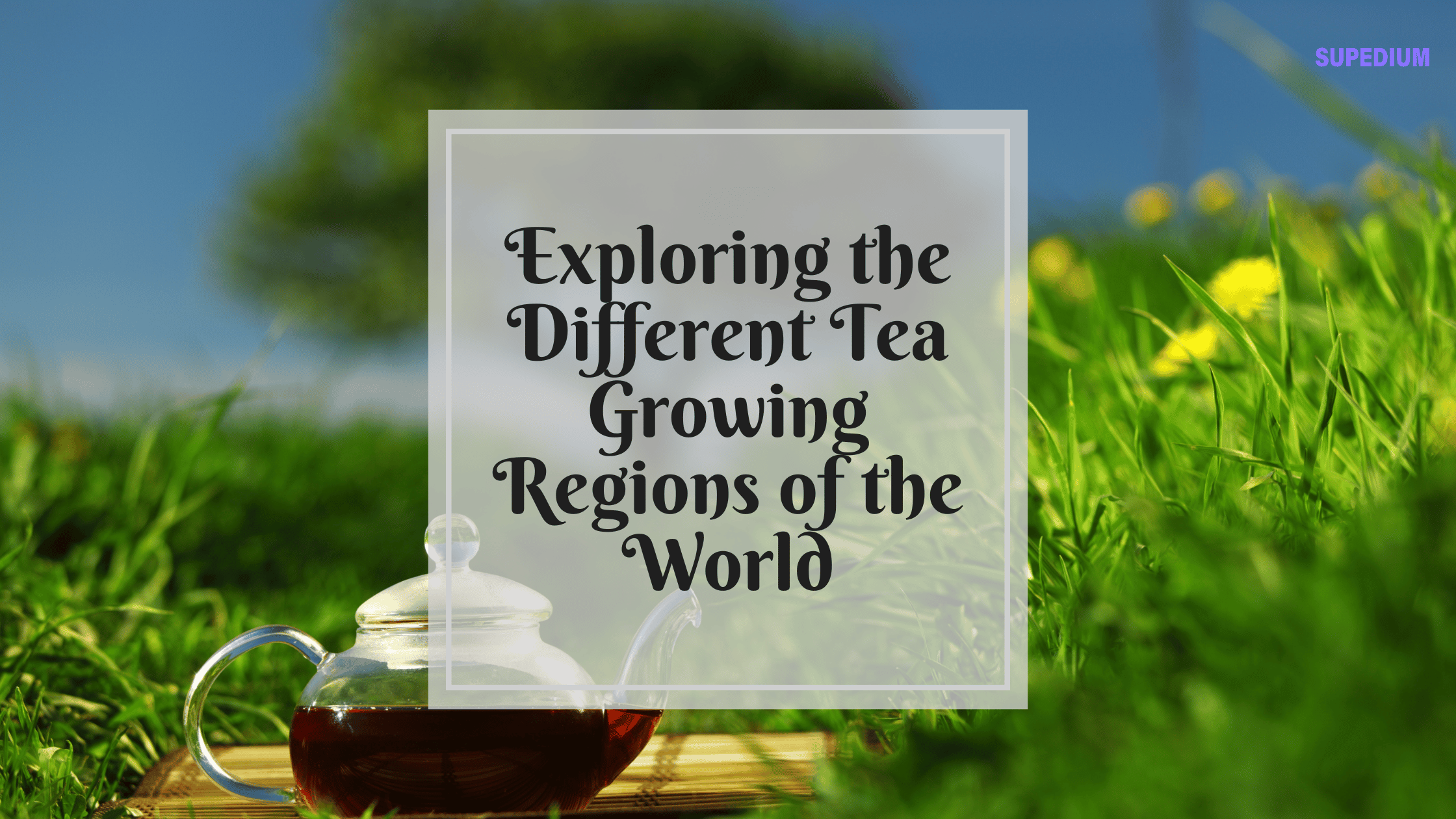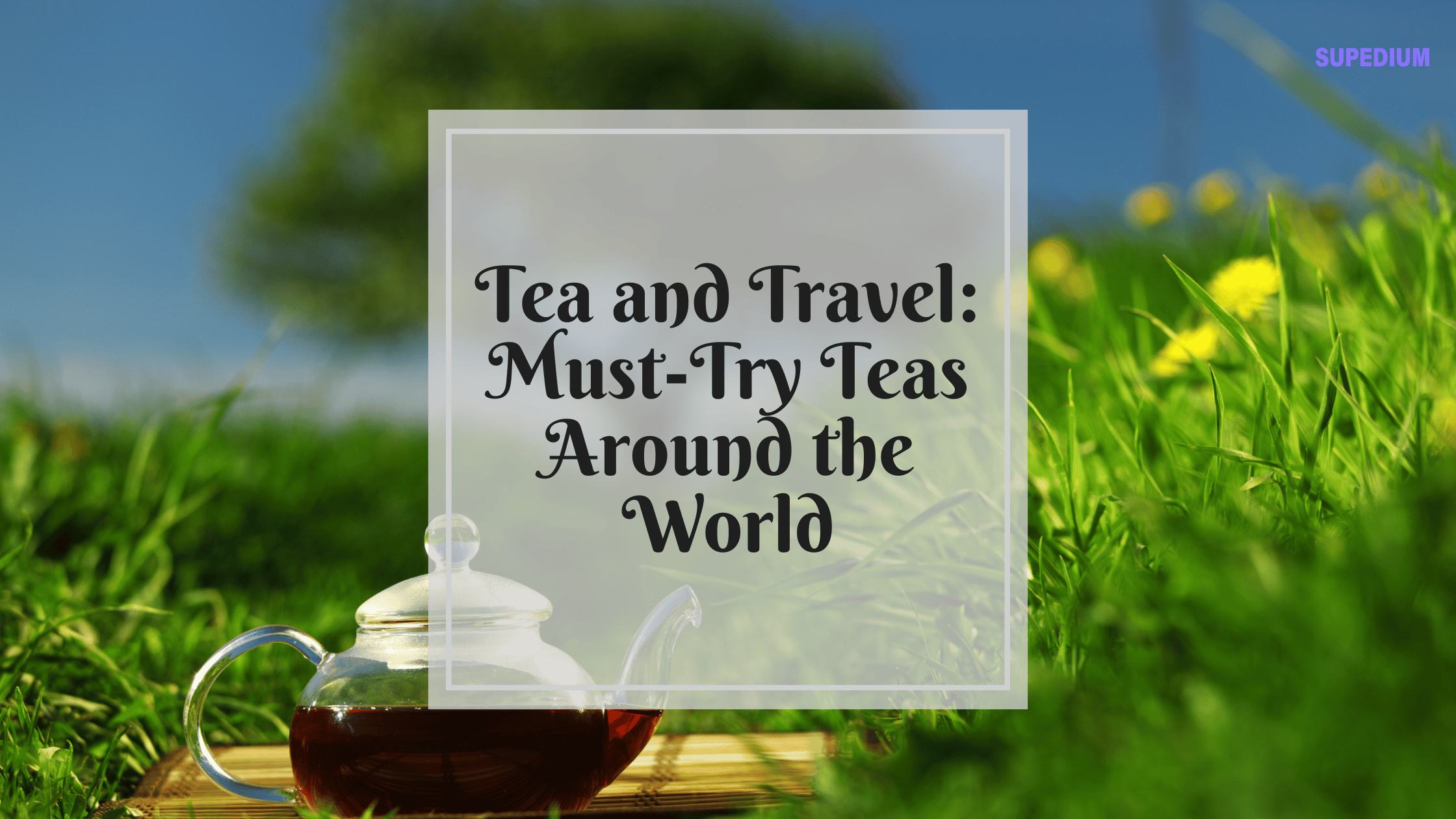Table of Contents
![]()
Tea, a beverage enjoyed by millions globally, is not just a drink but a cultural artifact with deep roots in various regions of the world. Each tea-growing region offers distinct flavors and characteristics, influenced by local climates, soils, and cultivation methods. This article delves into the major tea-growing regions, examining their unique qualities and the factors that contribute to their distinct flavors.
I. Introduction
Tea, derived from the Camellia sinensis plant, comes in several varieties including green, black, oolong, white, and herbal teas. The diversity in tea types is a result of the varied processing methods and growing conditions across the globe. Understanding these regional differences enhances our appreciation of tea and underscores its cultural significance, from traditional ceremonies to economic impacts. This article aims to explore the prominent tea-growing regions, their unique offerings, and the factors that influence tea quality.
II. Major Tea Growing Regions
A. Asia
1. China
China is the birthplace of tea and remains a major producer. Its tea-growing regions are renowned for their diverse tea varieties:
- Yunnan: Known for its Pu-erh tea, a fermented and aged tea with a rich, earthy flavor. Yunnan also produces high-quality black teas, valued for their depth and complexity.
- Fujian: Famous for Oolong teas like Tie Guan Yin, which features floral and buttery notes. Fujian also produces white teas, such as Bai Hao Yin Zhen, known for their delicate and subtle flavor profiles.
- Zhejiang: The home of Longjing (Dragon Well) tea, which is highly prized for its fresh, chestnut-like flavor and flat, sword-shaped leaves.
- Anhui: Renowned for its Keemun black tea, which is distinguished by its rich aroma and smooth, slightly sweet flavor.
2. India
India’s diverse climate and geography contribute to its distinct tea varieties:
- Assam: Located in the northeastern part of India, Assam produces bold, robust black teas with malty and brisk flavors. Assam tea is a staple in many blends, including English Breakfast.
- Darjeeling: Often referred to as the “Champagne of Teas,” Darjeeling tea is grown in the foothills of the Himalayas. It has a light, muscatel flavor and is available in various flushes (harvest periods), each with unique characteristics.
- Nilgiri: Situated in southern India, the Nilgiri hills produce aromatic black teas with a smooth, brisk flavor. Nilgiri teas are known for their bright, coppery liquor.
3. Japan
Japanese tea cultivation focuses predominantly on green teas, each with distinct processing methods:
- Shizuoka: The largest tea-growing region in Japan, producing a wide range of green teas, including Sencha, which is characterized by its grassy, umami flavor.
- Uji: Known for high-quality Matcha, a powdered green tea used in traditional tea ceremonies. Uji Matcha is renowned for its rich, creamy taste and vibrant green color.
- Kagoshima: Produces a variety of green teas, including Sencha and Gyokuro, which are known for their sweet, rich flavors and deep green hues.
4. Taiwan
Taiwan’s tea industry is famous for its high mountain oolongs and unique black teas:
- Sun Moon Lake: Produces a distinctive black tea with a sweet, honey-like flavor, often referred to as Ruby Red Tea.
- Alishan: Known for its high mountain oolongs, which have a smooth, floral taste with a lingering sweetness.
- Dong Ding: Famous for its traditional oolong tea with a roasted, nutty flavor profile.
B. Africa
1. Kenya
Kenya has become a leading producer of black tea, favored for its strong, robust flavor:
- Nandi Hills: The tea from this region is known for its bold, brisk taste and is widely used in blends.
- Kericho: Produces high-quality black teas that are aromatic and rich, often featured in various blends and teas.
2. South Africa
South Africa is known for its unique herbal teas rather than traditional Camellia sinensis teas:
- Cederberg: The primary region for Rooibos, an herbal tea with a naturally sweet, slightly nutty flavor. Rooibos is caffeine-free and often enjoyed with milk or in blends.
C. South America
1. Argentina
Argentina’s tea culture is centered around Yerba Mate, a traditional drink with deep cultural significance:
- Misiones: The main region for Yerba Mate, known for its earthy, herbaceous flavor and high caffeine content.
2. Brazil
Brazil also produces Yerba Mate, particularly in the southern regions, where it is enjoyed similarly to its Argentine counterpart.
III. Factors Affecting Tea Quality
Tea quality is influenced by several factors:
1. Climate and Geography
- Altitude: High elevations, as seen in Darjeeling and Taiwan’s high mountains, often result in teas with complex flavors due to slower growth.
- Temperature: Moderate temperatures are ideal for tea cultivation, affecting the flavor profile and aroma.
- Rainfall: Adequate rainfall ensures healthy tea plants, impacting the taste and quality of the leaves.
2. Soil and Environment
- Soil Composition: Rich, well-draining soils contribute to the development of unique flavors. For example, the volcanic soil in Uji, Japan, enhances the flavor of Matcha.
- Organic vs. Conventional Farming: Organic practices can influence the flavor and quality of tea, often resulting in a purer, more nuanced taste.
3. Cultivation and Harvesting Methods
- Hand-Picking vs. Mechanical Harvesting: Hand-picked teas, such as those from Darjeeling, are often considered superior due to the careful selection of leaves.
- Processing Techniques: The methods used to process tea leaves—such as withering, rolling, oxidation, and drying—affect the final product’s flavor and aroma.
IV. Sustainable Practices and Challenges
1. Environmental Impact
- Soil Erosion: Tea cultivation, particularly on steep slopes, can lead to soil erosion. Sustainable practices and terracing can help mitigate this issue.
- Water Usage: Tea cultivation requires significant water resources. Implementing water-efficient practices is crucial for sustainability.
2. Economic and Social Issues
- Fair Trade Practices: Ensuring fair wages and working conditions for tea workers is essential. Fair trade certifications help promote ethical practices.
- Labor Conditions: Addressing labor issues and improving working conditions are vital for the well-being of tea-growing communities.
3. Efforts towards Sustainability
- Organic Farming: Organic tea farming reduces the use of harmful pesticides and promotes environmental health.
- Certification Programs: Programs like Rainforest Alliance and Fair Trade provide guidelines for sustainable and ethical tea production.
V. Conclusion
Tea’s diverse flavors and qualities are deeply rooted in the regions where it is grown. From the robust black teas of Assam to the delicate white teas of Fujian, each region offers a unique contribution to the global tea landscape. Understanding these regional differences not only enhances our appreciation of tea but also underscores the importance of supporting sustainable and ethical practices in tea cultivation.
Share This





Be the first to comment